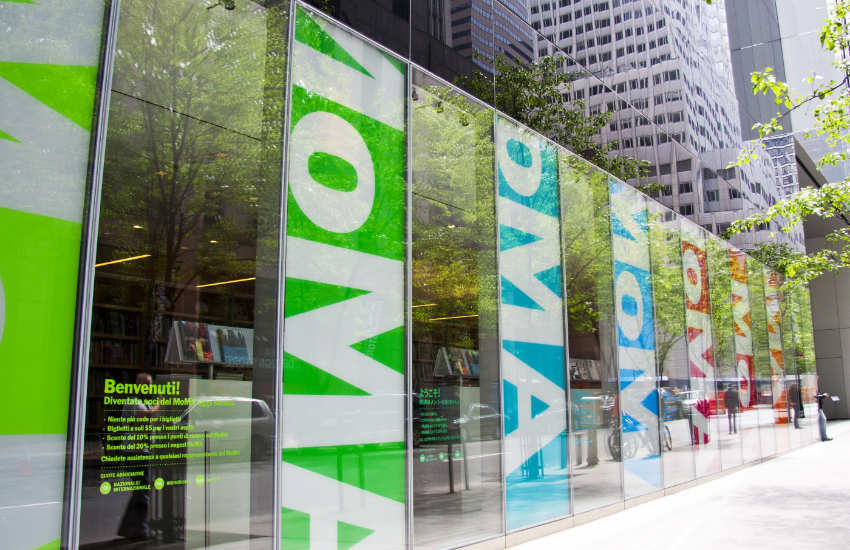The Museum of Modern Art (MoMA) has received an endowment from the William S. Paley (Paley) Foundation to fund digital media activities and acquisitions of digital art, potentially NFTs. Since Paley died in 1990, 81 artworks have been on loan to MoMa. Now 29 pieces owned by the Paley Foundation will be auctioned by Sotheby’s.
The sale, including works by Picasso and Francis Bacon, could raise $70 million for the endowment. As the museum is focusing on digital art, this suggests that MoMA could jump on the NFT bandwagon.
“We’re conscious of the fact that we lend an imprimatur when we acquire pieces,” MoMA director Glenn Lowry. Hence, MoMA didn’t buy NFTs at the outset to prevent the appearance of endorsement. “But that doesn’t mean we should avoid the domain,” he told the Wall Street Journal.
There’s a little irony here with a Picasso being sold potentially to buy NFTs. Tron founder Justin Sun was outbid in the famous Beeple NFT auction. So Christie’s sold him a real Picasso instead.
William S. Paley is known for building CBS from a small radio network into a media powerhouse. And he was a MoMA trustee since 1937.
“I know how deeply my friend Bill Paley cared about The Museum of Modern Art and with what devotion he dedicated himself to its advancement,” said Henry Kissinger, who chairs the William S. Paley Foundation. “With this initiative, the Foundation will honor his intention and continue his vision for MoMA.”
While trading a Picasso for a collection of pixels may seem odd, there are many reasons why MoMA should pursue a digital forward strategy.
First, its visitor numbers have fallen starkly, from 3 million annually to 1.65 million last year. Even accounting for the pandemic, that is a significant drop. On the other hand, it has seen much success on social media.
The digital content posted on its website and social media platforms has attracted over 35 million people. The museum must find new ways to reach a wider audience to ensure its longevity. Venturing into NFTs and digital art applications would be one such method.
A MoMA metaverse has the potential to bring art to a far broader audience than a physical exhibition.
MoMA has adopted a cautious approach to NFTs so far. Other than contributing data to algorithmically generated works by artist Refik Anadol it is not involved with other NFT projects. Considering that NFTs have revolutionized how consumers engage with digital art and artistic expression, it is crucial that MoMA grow its expertise in NFTs. After all, the museum’s focus is literally modern art.
The NFT market is dominated by profile pictures like Bored Apes, sports and gaming. However, the computer-generated art collection ArtBlocks ranks number five in cumulative sales of $1.3 billion, according to CryptoSlam.
Sotheby’s involvement is apt, as auction houses have played a key role in the evolution of NFTs. Sotheby’s famously auctioned Bored Ape Yacht Club NFTs for $24 million. And Christie’s sale of the $69 million Beeple artwork was a key trigger of the NFT boom.
While this sale may not revive the NFT market, it may prove a new lease of life for MoMA.
Follow @LedgerInsights Copyright © 2018 – 2022 Ledger Insights Ltd.

